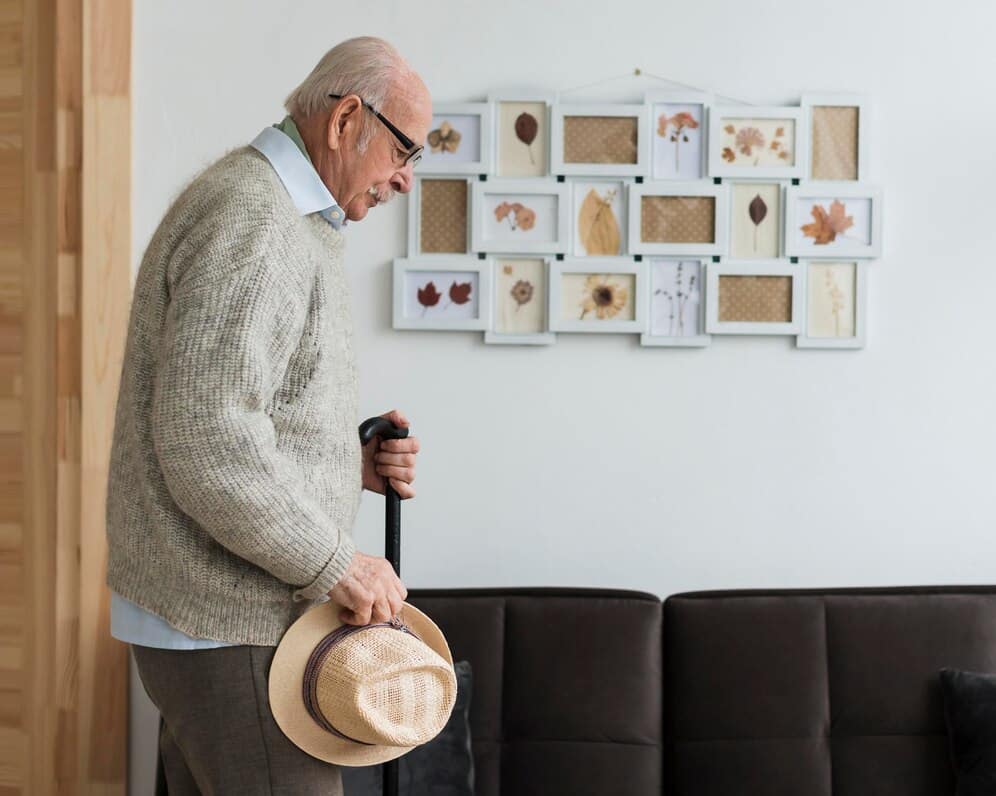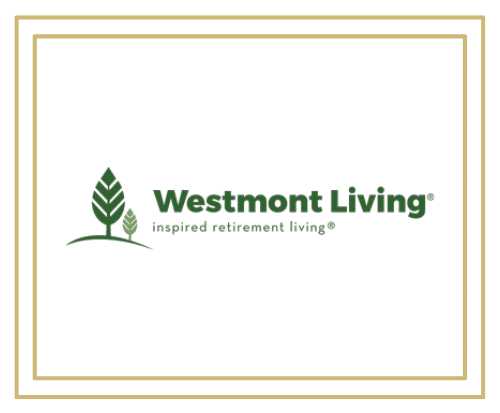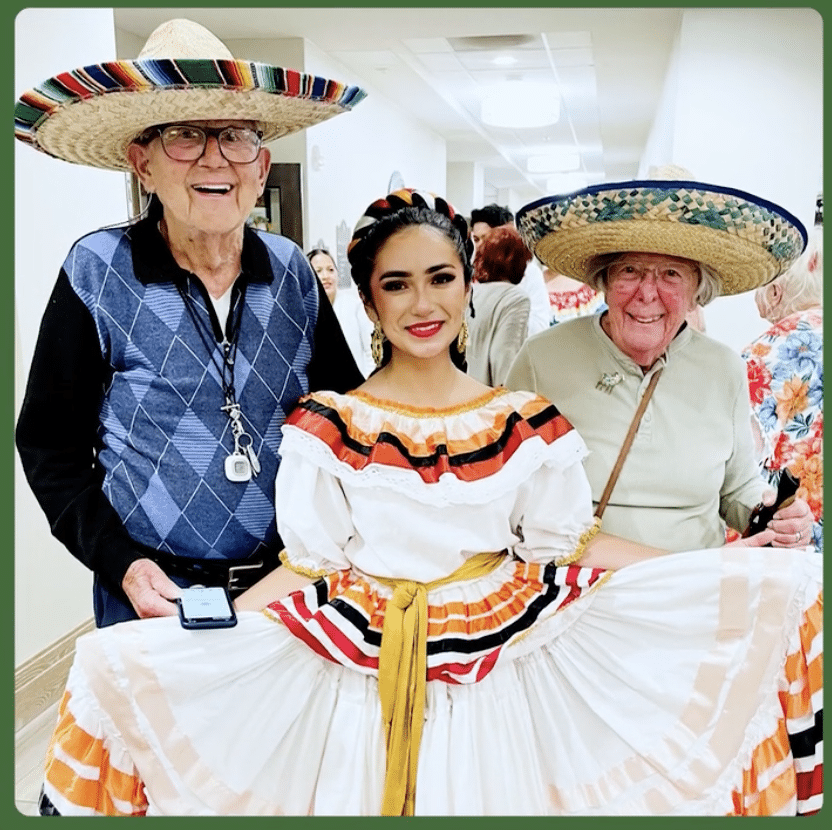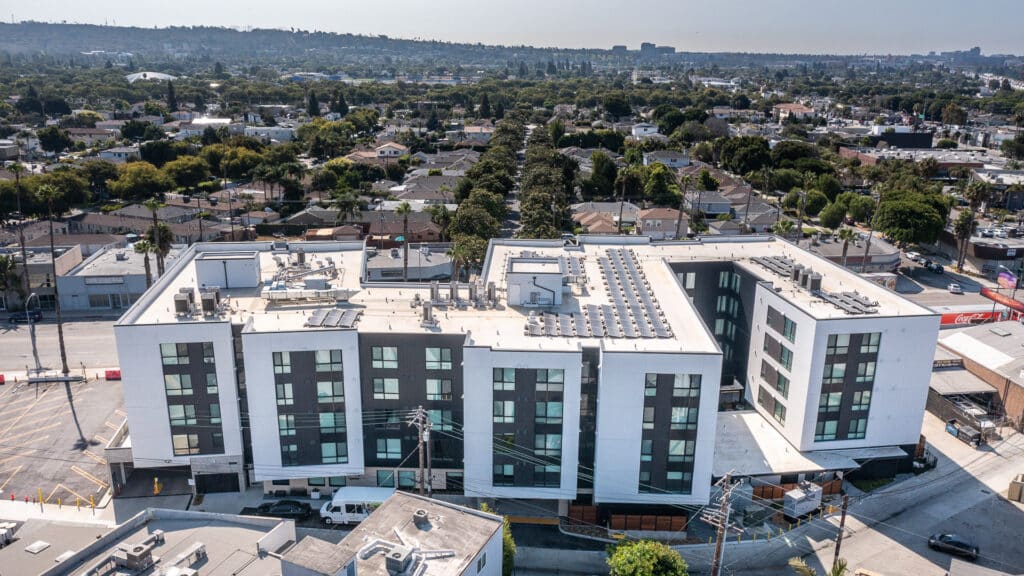Independent Living Culver City: Comfort & Freedom
Independent Living Culver City Apartments for Seniors
A new chapter of comfort and possibility begins with independent living Culver City options offering freedom and connection. At Westmont of Culver City, residents embrace a lifestyle crafted for independence, joy, and well-being. With vibrant surroundings, engaging social opportunities, and personalized services, this community encourages residents to thrive in their rhythm. Nestled near the bustling yet serene 11141 Washington Blvd, Culver City, Westmont offers more than a place to live—it’s a place to grow, explore, and belong. Whether it’s a morning walk to a local café, creative studio time, or simply relaxing in your private residence, this is personal independent living. Moving into independent living Culver City apartments is about honoring your lifestyle while surrounding yourself with meaningful support. Let’s explore the lifestyle, cost, and community that make Westmont a standout for senior living.
Why Choose Independent Living Culver City Apartments
Opting for independent living Culver City apartments means living in a supportive environment while enjoying complete autonomy. Spacious layouts, modern finishes, and thoughtful touches like emergency call systems and walk-in showers are all designed to support both comfort and safety. This isn’t assisted living—it’s freedom without compromise. As highlighted in our article on what independent senior living offers, this model empowers residents to lead active lives while knowing that help is nearby. Every resident can participate in art classes, wellness programs, and social gatherings that turn neighbors into lifelong friends.
Living in the Heart of Culver City
Culver City offers the perfect backdrop for those seeking cultural richness and community engagement. This neighborhood invites you to discover its charm daily, from its historic downtown to popular attractions like the Culver City Arts District. Living at Westmont places you in a prime location close to art galleries, shopping, and local eateries. Whether strolling to the Culver City Farmer’s Market or catching a show at the Kirk Douglas Theatre, every experience adds to your purpose and pleasure. With a walkable environment and reliable transportation options, residents remain active and involved in the city’s pulse.
Services That Enrich Your Lifestyle
Every day at Westmont brings opportunities to grow, connect, and thrive. From engaging activities to thoughtfully curated services, the goal is to enhance well-being in every aspect. Residents enjoy wellness programs that include fitness classes, educational workshops, and social events tailored to their interests. These programs support that mental and physical activity is key to a long and happy life.
For a deeper look at how amenities influence well-being, our blog on senior living lifestyle enhancement explores how the right environment empowers seniors to flourish. Whether you’re painting, dancing, or relaxing with friends, Westmont ensures your life stays vibrant and fulfilling.
Understanding the Independent Living Culver City Cost
It’s common to wonder about the independent living Culver City cost, and Westmont helps make it transparent and approachable. While price varies depending on apartment size and personal care preferences, most residents find the inclusive pricing model innovative and efficient. Services like meals, housekeeping, transportation, and events are bundled into one monthly fee, simplifying financial planning. This lifestyle offers significant value and peace of mind compared to the costs of maintaining a home independently. For a breakdown of what’s typically included, visit our guide to affordable senior living options.

Finding Independent Living Culver City for Rent
If you’re looking for independent living in Culver City for rent, Westmont offers flexible lease options and a variety of spacious floor plans to match your preferences. Each residence provides elegant finishes, natural light, and all the comforts of home, with no hassle. Prospective residents can view apartment layouts, amenities, and availability directly on the Westmont of Culver City website, where scheduling a visit is just a click away.
Connected to Westmont Senior Living Locations
Westmont of Culver City is just one of the many Westmont senior living locations, each designed to reflect the community around it while maintaining the same commitment to quality and care. Whether you’re exploring options in Southern California or beyond, Westmont’s family of communities provides consistency, compassion, and creativity in every experience. This network ensures that no matter where you are, you’re supported by a team that puts your lifestyle first.
A Lifestyle Full of Passion and Possibility
At Westmont, independent living is about more than amenities—discovering purpose. Residents are encouraged to dive into long-held passions or try something entirely new. With robust programming, from book clubs to volunteer outings, everyone has the space to grow. The environment promotes a sense of pride in daily accomplishments and relationships built along the way. Learn more about how community fosters connection in our article on the benefits of independent living.
Your Place, Your Terms, Your Time
At the core of independent living in Culver City is the belief that aging should come with empowerment. Residents here maintain control of their schedule, their environment, and their goals. Whether it’s spending the afternoon at a gallery, meeting friends for dinner, or simply enjoying a quiet morning in your apartment, every day is shaped by your choices. And with a team ready to support you behind the scenes, you can enjoy it all without stress or interruption.
Your next chapter of freedom, connection, and joy is ready. Schedule a tour today or call 310-736-4118 to experience Westmont of Culver City’s difference.
Frequently Asked Questions
How much does it cost to live in an independent living facility?
Depending on location, amenities, and apartment size, living in an independent living facility typically ranges from $1,500 to $4,000 per month. Luxury communities or those offering additional services may charge more. These fees usually cover rent, utilities, housekeeping, and some meals. It’s best to contact individual communities for specific pricing and available packages.
How do you qualify for independent living?
To qualify for independent living, individuals generally need to be 55 years or older and able to live independently without regular medical assistance. These communities are designed for active older adults who want a maintenance-free lifestyle. There are usually no strict health requirements, but residents should be capable of managing daily tasks independently. Some communities may have income—or age-based eligibility criteria.
How much does Medicare pay for independent living?
Medicare does not cover the cost of independent living, as it is not considered a medical expense. Independent living is focused on housing and lifestyle, not medical care, which falls outside of Medicare’s scope. However, if medical services are needed and provided separately, those may be covered under traditional Medicare benefits. It’s essential to plan for independent living costs out-of-pocket or through other financial resources.
How much does independent living cost in California?
Independent living in California costs between $2,500 and $5,000 per month. Prices vary depending on the city, level of luxury, included services, and housing options. Coastal and metropolitan areas like Los Angeles or San Francisco tend to have higher rates than inland cities. Many communities offer different pricing tiers and customizable service packages to meet varying needs.






















